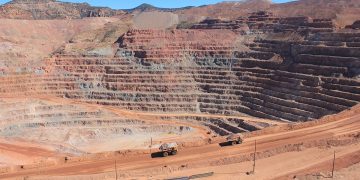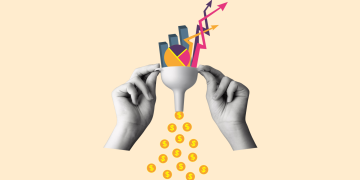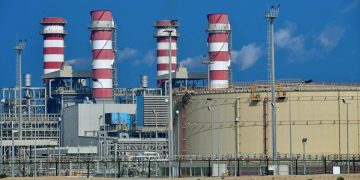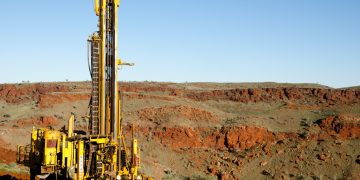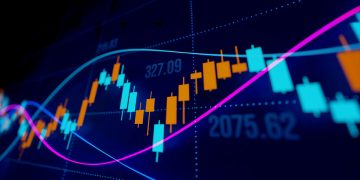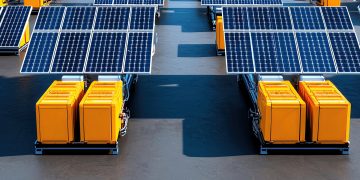GDP forecast amid China exposure and mining dominance
As global growth wavers in 2025 under the weight of higher-for-longer interest rates, rising geopolitical tensions, and sluggish consumer demand in developed economies, Australia stands at a critical juncture. Historically reliant on its vast resource exports and its economic link to China, the country now faces a dual challenge: maintaining momentum in a cooling world economy while transitioning toward high-tech sectors. Yet, despite the external headwinds, a closer look reveals that Australia may have more resilience than skeptics assume—driven by a unique combination of commodity strength, innovation tailwinds, and a stable policy framework.
Australia’s GDP growth projections remain moderately optimistic compared to many OECD peers. The Reserve Bank of Australia (RBA) forecasts growth between 1.5% and 2.0% for the year, even as global trade volumes shrink and energy prices remain volatile. One reason is the country’s deeply entrenched role as a supplier of critical raw materials. Australia continues to dominate global exports of iron ore, lithium, coal, and natural gas—resources that are not only essential for industrial growth in Asia but also increasingly vital for clean energy transitions.
However, Australia’s long-standing economic dependence on China brings both opportunity and risk. China accounts for roughly 30% of Australia’s total exports, making Beijing’s consumption and stimulus patterns enormously consequential. While China’s post-COVID rebound has been uneven and often underwhelming, its infrastructure push and modest easing measures have still created steady demand for Australian iron ore and copper. Moreover, China’s pivot to electric vehicles and solar power has increased its appetite for Australian lithium and rare earths.
Yet concerns loom large. A deeper downturn in China, particularly in its housing and manufacturing sectors, could sharply reduce demand for commodities. A contraction in Chinese construction activity, for instance, would likely hammer iron ore prices. That’s why Australia’s push to diversify beyond raw materials and into tech innovation is gaining urgency.
Rising strength in AI, clean tech innovation
Australia is not standing still in the face of macro uncertainty. Over the past three years, it has quietly built an innovation engine in areas such as artificial intelligence, clean tech, and quantum computing. With government backing, university R&D collaboration, and a growing startup culture, Australian technology is beginning to make waves globally.
One standout sector is clean technology. Australia’s vast solar and wind resources, combined with its political push toward net zero by 2050, have unlocked a boom in renewable energy projects. From grid-scale battery installations to green hydrogen pilots, Australia is emerging as a testbed for next-generation energy infrastructure. Companies like Fortescue Future Industries and Origin Energy are pouring billions into green investments that may form the next pillar of export growth.
AI is another area where Australia is punching above its weight. Sydney and Melbourne have become hubs for machine learning and generative AI startups. Government funding through the National Reconstruction Fund has boosted digital capability development across health tech, fintech, and agri-tech sectors. Universities like UNSW and the University of Melbourne have established AI research labs working in partnership with global firms and defense agencies.
Tech investment from abroad is growing as well. U.S. and Asian venture capital firms are increasing exposure to Australian software startups, drawn by a combination of technical talent, low burn rates, and regulatory stability. Sectors like cybersecurity and environmental data analytics are seeing a spike in funding. This trend is helping to reduce Australia’s historical reliance on mining and real estate as growth levers.
While Australia won’t transform overnight into a tech superpower, these shifts point to a broader evolution of the economy—one where innovation could complement rather than replace its traditional resource base. In a slow-growth world, economies that can blend the old with the new will be best positioned to outperform.
Market strategists’ view on ASX resilience
Australia’s stock market, the ASX, has reflected cautious optimism in recent months. Although it hasn’t reached the euphoric heights of U.S. indices driven by mega-cap tech, it has displayed surprising resilience in the face of global volatility. Analysts point to three key reasons: dividend reliability, commodity tailwinds, and financial sector stability.
The ASX is known for its income-generating profile. With high payout ratios and consistent dividends from banks and miners, it remains attractive for yield-focused investors, especially retirees and pension funds. In a world where inflation-adjusted yields are scarce, this feature provides a defensive buffer.
Commodities also act as a natural hedge. When global inflation expectations rise or geopolitical tensions flare, resource stocks like BHP, Rio Tinto, and Woodside Energy tend to outperform. These heavyweights provide ballast to the index and offer exposure to both developed and emerging market demand cycles.
Financials, which dominate the ASX alongside resources, have benefited from Australia’s relatively stable interest rate environment. The RBA has taken a more cautious tightening path compared to the U.S. Federal Reserve, helping banks maintain strong net interest margins. At the same time, household defaults have remained low, supported by steady employment and government assistance programs during COVID.
Strategists remain split on where the ASX heads next. Some warn that its heavy sector concentration could become a liability if the housing or commodity cycle turns. Others argue that its balanced exposure to old and new economy themes positions it well for a world of moderate growth and persistent inflation.
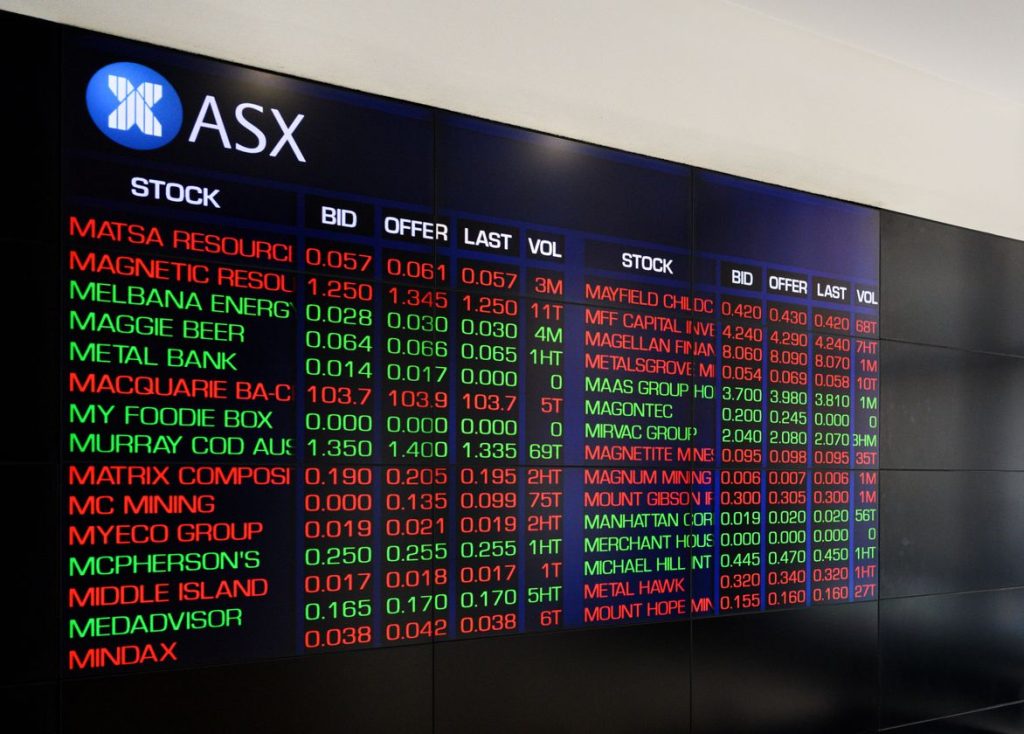
International investors continue to view Australian equities as a barbell play—one foot in the cyclical world of resources, the other stepping into digital and sustainable innovation. That combination, while not without risk, may be what allows Australia to outperform in a fragmented global economy.
Risks of housing bubble and rate sensitivity
Despite its strengths, Australia is not immune to macro vulnerabilities—most notably its overreliance on housing and sensitivity to interest rates. Real estate remains the largest asset class for Australian households, and home price growth has been a key driver of wealth perception and consumer spending for decades.
After a rapid post-COVID boom, housing prices have shown signs of cooling amid higher mortgage rates and tighter lending conditions. The RBA’s rate hikes, though moderate by global standards, have pushed average mortgage rates toward levels not seen since 2011. This has led to a decline in refinancing activity, a rise in household debt servicing costs, and a moderation in new housing starts.
The bigger concern is not just a fall in home prices, but the potential feedback loop into consumption. Australia’s consumers are among the most indebted in the developed world. If property values continue to soften and wage growth fails to keep pace, household balance sheets could come under strain—undermining retail sales, car purchases, and discretionary services.
Banking sector resilience is another factor to watch. While Australian banks are well-capitalized and tightly regulated, their exposure to mortgages is substantial. A sharp rise in delinquencies or a loss of investor confidence could trigger funding pressures and reduce credit availability.
Additionally, the risk of rate policy missteps looms large. If inflation proves sticky, the RBA may be forced into more aggressive tightening, just as global growth slows. This would place Australia in the difficult position of balancing domestic inflation control with the risk of tipping the economy into recession.
External risks also persist. A geopolitical flare-up in Asia, a global equity correction, or a sustained slowdown in China could all dent confidence and reduce capital inflows. In such scenarios, even Australia’s best-in-class fundamentals might not be enough to avoid contagion.
Conclusion
Australia faces a complex but potentially promising path forward. Its deep exposure to commodities, especially those linked to clean energy, gives it a strategic edge in a world retooling for sustainability. Its emerging tech sector offers a glimpse of future growth engines beyond mining. And its disciplined fiscal and regulatory frameworks continue to inspire investor confidence.
However, defying a global slowdown will require careful policy execution, economic diversification, and ongoing investment in human capital and innovation. Australia cannot count solely on China or housing to carry its economy. It must increasingly lean into its ability to blend natural advantage with forward-looking industries.
For investors, the Australian story offers an appealing mix of yield, commodity exposure, and emerging innovation themes. The ASX may not soar like the Nasdaq, but its steady resilience could prove more valuable in the long run—especially in a decade defined by volatility, fragmentation, and technological disruption.

